Entry Type: Event - Starting with S
Saline Bottom, Skirmish at
Saline County Fair and Rodeo
Salt Bowl
Sanders, Jim (Lynching of)
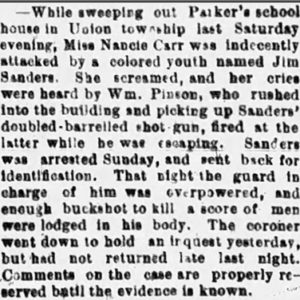 Sanders Lynching Article
Sanders Lynching Article
 J. V. Satterfield and Maureen O'Hara
J. V. Satterfield and Maureen O'Hara
Save the River Parks Campaign
aka: Audubon Society of Central Arkansas v. Dailey
Scatterville, Skirmish at
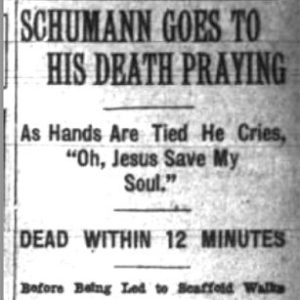 Clarence Schumann Execution Article
Clarence Schumann Execution Article
Schumann, Clarence (Trial and Execution of)
Scott County Lynching of 1843
Scott-Selden Duel
aka: Selden-Scott Duel
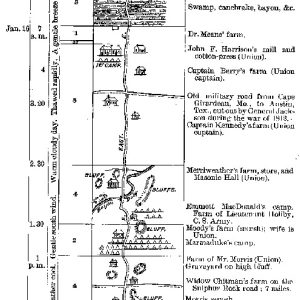 Scout Map
Scout Map
Scruggs, David (Lynching of)
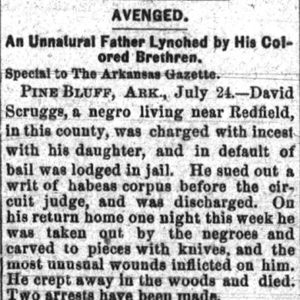 David Scruggs Lynching Article
David Scruggs Lynching Article
Searcy and West Point, Scout to
Searcy County Draft War
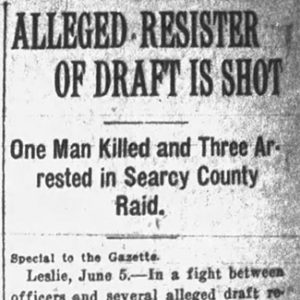 Searcy County Draft War Article
Searcy County Draft War Article
Searcy County, Skirmish at
Searcy, Affair at
Searcy, Fairview, and Augusta Expeditions
aka: Attack on Steamers Celeste and Commercial
Searcy, Skirmish near (August 13, 1864)
Searcy, Skirmish near (September 13, 1864)
Sebastian County Union War of 1914
 Sebastian County Union War Article
Sebastian County Union War Article
Secession Convention
Second Seminole War
Sees, Willis (Lynching of)
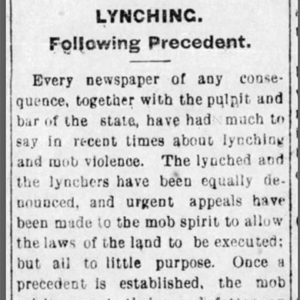 Willis Sees Lynching Article
Willis Sees Lynching Article
 Segregationist Rally
Segregationist Rally
Sesquicentennial Celebration
 Sesquicentennial Program
Sesquicentennial Program
 Sesquicentennial Seal
Sesquicentennial Seal
Sevier County Lynching of 1881
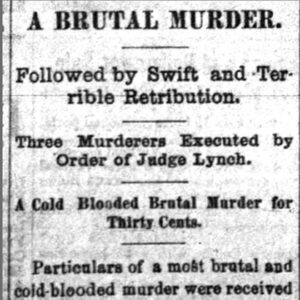 Sevier County Lynching Article
Sevier County Lynching Article
Shallow Ford, Skirmish at (August 30, 1863)
Shallow Ford, Skirmish at (September 2, 1863)
Shank, Mark H. (Execution of)
Sharp, William (Murder of)
 Shiloh Quilt Fair
Shiloh Quilt Fair
Shivery, George (Lynching of)
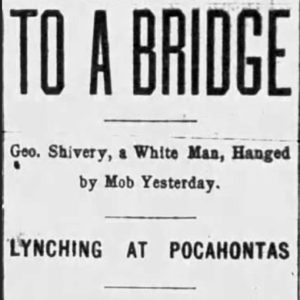 Shivery Lynching Editorial
Shivery Lynching Editorial
 Shooting Tribute
Shooting Tribute
 William Sidle Killing Article
William Sidle Killing Article
Sigler (Lynching of)
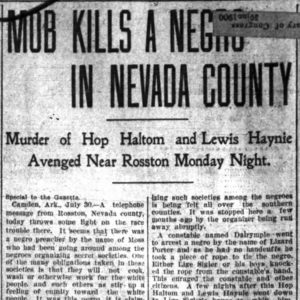 Sigler Lynching Article
Sigler Lynching Article
Simms, Lee (Trial and Execution of)
 Lee Simms Article
Lee Simms Article




